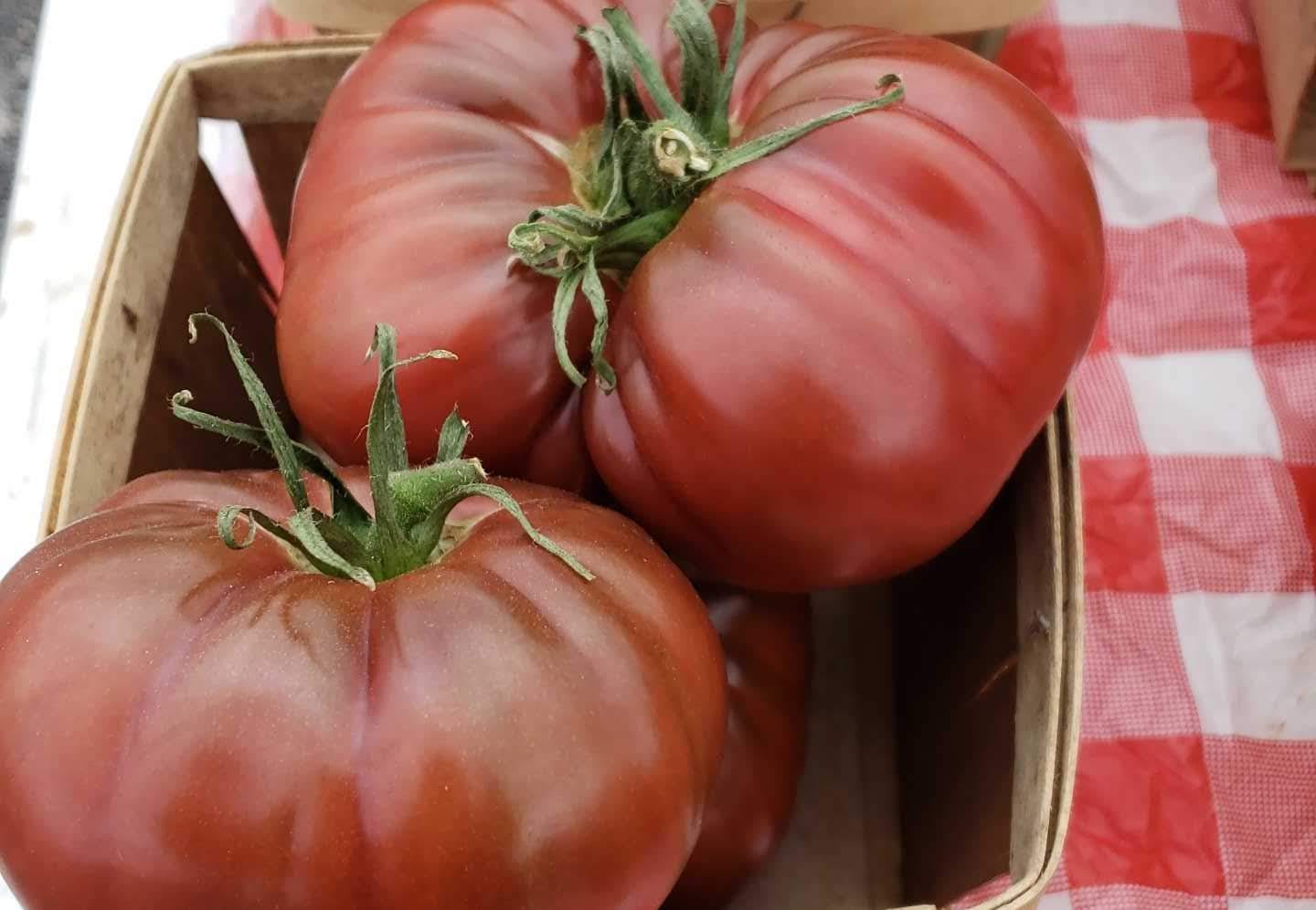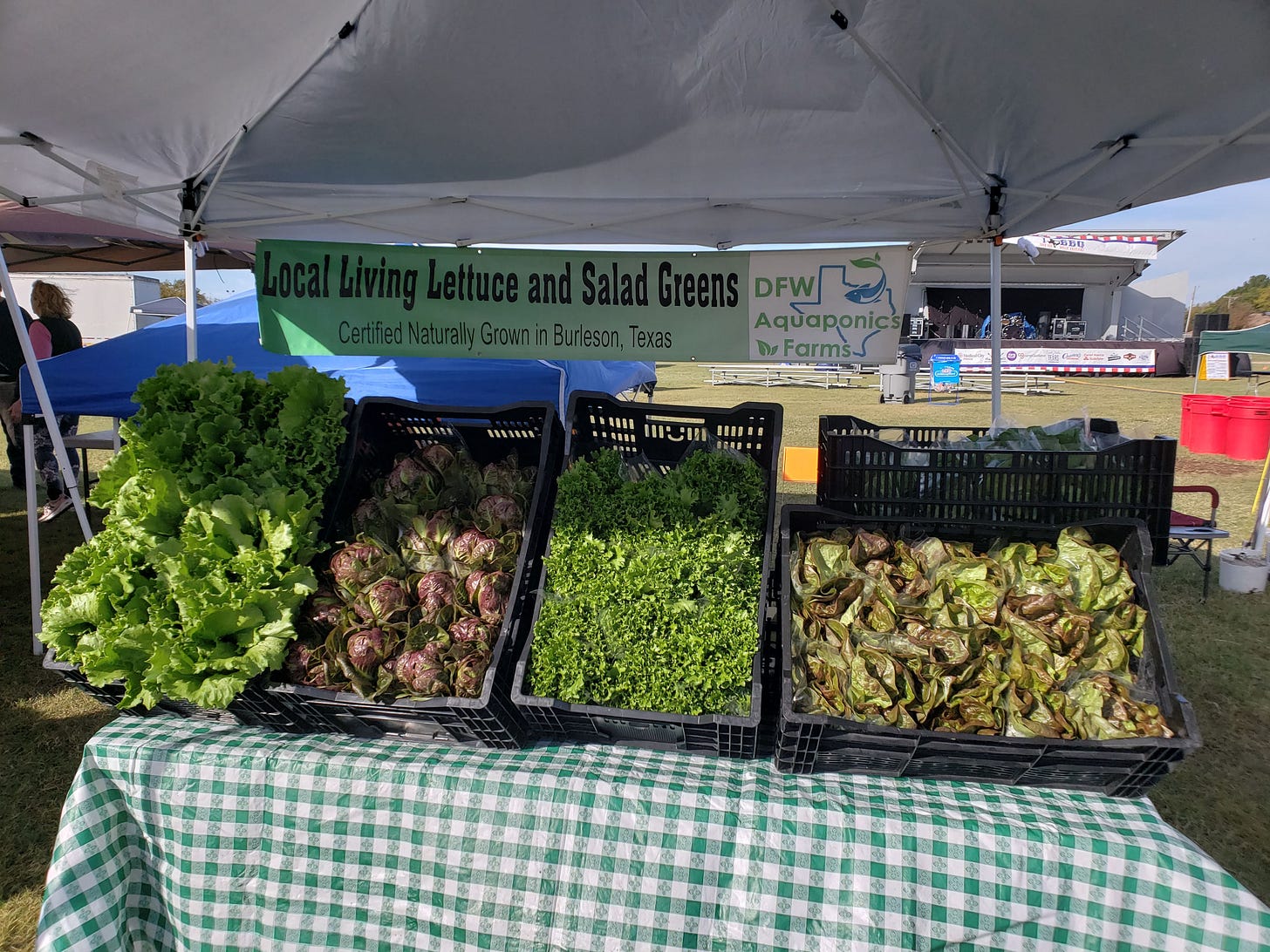The Harvest Loop: Moving from Seed to Stuck in Scaling Local Foods
Four easy steps to build customer connection and engagement.
If you’ve ever run a CSA, worked a farmers’ market, or delivered to a chef who ghosted your order, this is for you.
Because no one needs to tell you how hard it is to sell local food. You’re already living it.
You’ve got the good stuff: produce picked that morning, eggs that taste like eggs used to, greens with vibrant life still in them. People say they want it. They smile at the market stand. They follow you on Instagram. But then… they buy the grocery store version anyway. Cheaper. Easier. Faster.
And meanwhile, you’re juggling deliveries, crop planning, and QuickBooks. Hoping this is the week you fill your CSA slots.
It’s not the food. It’s not the customer. It’s the friction in the system.
None of us started farming dreaming of becoming marketers. But if you want your farm to survive, and not just survive, but grow, you need more than customers. You need a system that brings them back.
A loop.
That’s where this framework comes in.
It’s called the Harvest Loop. I adapted it from a behavioral model that is used by companies like Instagram and Spotify to make their products habit-forming. But instead of using it like they do to push people into screens, we’re going to use it to pull people closer to your farm. To help them remember you, choose you, and come back again and again.
Because you shouldn’t have to fight for every single sale. You should be able to build something. Something that lasts.
Let me show you how it works.
Step 1: Plant the Spark
Selling food starts with attention. But attention doesn’t mean shouting louder or posting more. It means creating the right spark, a reason for someone to stop, notice, and take that first step toward your farm.
In the tech world, they call this a trigger. It might be a ping on your phone. A red badge on an app. Something small that prompts action. In local food, it’s no different, it just looks a little more like this:
A sign at your farmstand that says “Picked This Morning in Midlothian.”
A QR code on your microgreens that sends you to a photo and story: “Meet Your Farmer.”
A restaurant menu that lists: “Heirloom Tomatoes by Three Sisters Farm, 14 miles away.”
Those are external sparks. Small cues that invite someone to care.
But the real fuel? That’s internal.
A parent who’s tired of feeding their kid tasteless strawberries.
A chef who’s chasing flavor and appearance, not food service logistics and product costs.
A neighbor who wants their $5 to actually mean something for their community.
You are not trying to invent these feelings. You simply need to meet them where they already are.
When someone bites into a tomato and it tastes like their childhood, when they see a farm’s name and feel like they’re part of something. That’s the spark. That’s where the loop begins.
And it doesn’t take a big budget. It just takes intention.
Your customer wants to care already. Your job is to give them a reason to remember why.
Step 2: Invite the Hand
Here’s where most farms lose people.
They get the spark. The shopper’s interested. They stop at the stand. They ask a question. Maybe they even say, “I’ve been looking for something just like this.”
But then… nothing happens.
Because the next step isn’t clear. Or it’s clunky. Or it requires too much effort.
This is what tech companies obsess over: make the next action frictionless. One tap to buy. One swipe to subscribe.
We can do the same.
Ordering from your farm shouldn’t take three emails and a spreadsheet. A chef shouldn’t have to cross their fingers and hope you show up. A customer shouldn’t have to guess if you’ll be at the market this week.
When I ran past farms, I saw this play out firsthand. If we handed out paper sign-up forms, maybe 1 in 10 filled them out. But when we made it digital (mobile, fast, with no login or fluff), our conversions tripled.
It wasn’t magic. It was momentum.
The easier it is to say “yes,” the more people do. And every time someone takes action, it makes the next action easier.
Want more chef orders? Try this: text your list on Monday with the available harvest, don't email. Don't make them ask what is available. Just ask them to text back with what they want. That’s it. No forms. No links. Just one step.
Want more customers at the Farmer's Market? Offer a 15-second opt-in. Scan this code. Get one alert a week. Done.
Simple actions turn into habits. And habits build farms that don’t have to start from zero each season.
Step 3: Deliver the Delight
Here’s something you already know: taste matters.
But what really keeps people coming back isn’t just flavor, it’s surprise. It’s delight.
In behavioral psychology, they call this a variable reward. Not just getting what you expected, but getting something better, unexpected, or personal. It’s what makes people open the app again. And again. And again.
In farming, that might look like:
A CSA box that includes squash blossoms or fava tops. Something they’ve never tried before.
A handwritten note that says, “Try this trick with the mustard greens this week.”
A surprise pint of strawberries for a loyal customer. No announcement. Just a thank you.
The beauty of local food is that it already changes with the seasons. That’s your built-in reward system. But the way you deliver it. That is where you create the feeling.
And don’t underestimate the power of scarcity, either. “Only 4 boxes left.” “We just picked the first fava shoots of the season—text back to reserve before they’re gone.”
That’s not pressure. That’s real. And it builds anticipation, not resistance.
When you deliver consistent quality with just a little bit of delight, people not only remember you… They tell someone else.
They become part of the loop.
Step 4: Root the Relationship
This is the most overlooked part of the system—and the most powerful.
Because when someone invests in your farm, they’re no longer just a buyer. They’re a participant.
That’s the psychology: people are more likely to stay loyal when they’ve put effort in. When they’ve told someone else. When they’ve tied a bit of their identity to you.
This can happen in small ways:
A customer who shares your post and tags a friend.
A chef who puts your farm’s name on the menu.
A parent who tells their school principal, “You should source from these folks.”
When someone does that, they’re spending social capital on you.
Don’t waste it.
You don’t have to give discounts or loyalty punch cards. But you do need to recognize it.
Call them out. Thank them publicly. Make sure that they feel like they’re part of something bigger than a transaction.
Because you’re not just selling food. You’re building culture.
And the more people feel connected to that culture, the more likely they are to stay. Not out of obligation. But because it feels like theirs, too.
Let’s Build the Loop
You don’t need an ad budget. You don’t need a Shopify store. You don’t need to go viral.
What you do need is a system that works quietly, behind the scenes. Helping your customers remember you, return to you, and talk about you.
That’s what the Harvest Loop gives you.
Because every interaction you have, every touchpoint, every choice, is a chance to reinforce the loop.
Your sign isn’t just marketing. It’s how you plant the spark.
Your ordering process isn’t admin. It’s how you invite the hand.
Your CSA box isn’t just a product. It’s how you deliver the delight.
Your follow-ups and thank-yous? That’s how you root the relationship.
This isn’t theory. I’ve watched farms use this framework to create waitlists. I’ve seen chefs move to local sourcing because ordering felt easy. I’ve watched schools choose small farms over big distributors because the story landed.
That didn’t happen by luck. It happened by loop.
So here’s my ask:
Don’t just sell a tomato. Sell the moment someone sees that tomato, learns where it came from, tastes it, and tells a friend.
Run the loop. Plant the spark. Invite the hand. Deliver the delight. Root the relationship.
Try it once. Just once this season. Pick one interaction and build a loop around it.
You don’t need to do everything. You just need to do one thing, consistently.
Because that’s how habits start.
And when people start building habits around your food, your farm becomes more than a place to buy produce.
It becomes a place people believe in.
P.S. I’m considering turning this into a full manual: a working playbook with scripts, signage templates, buyer workflows, and a full loop design.
But I only want to build it if it’s useful.
Would you use something like this, or share it with someone who would? Let me know below or send a quick message. That’ll help me decide what comes next.







Spot on, Adam!
Saving this for future me who wants to grow for my local community. This was so accessible and inspiring! Thank you for sharing! More when you can please! 🙏🏽🌿🫛🤸🏽♀️